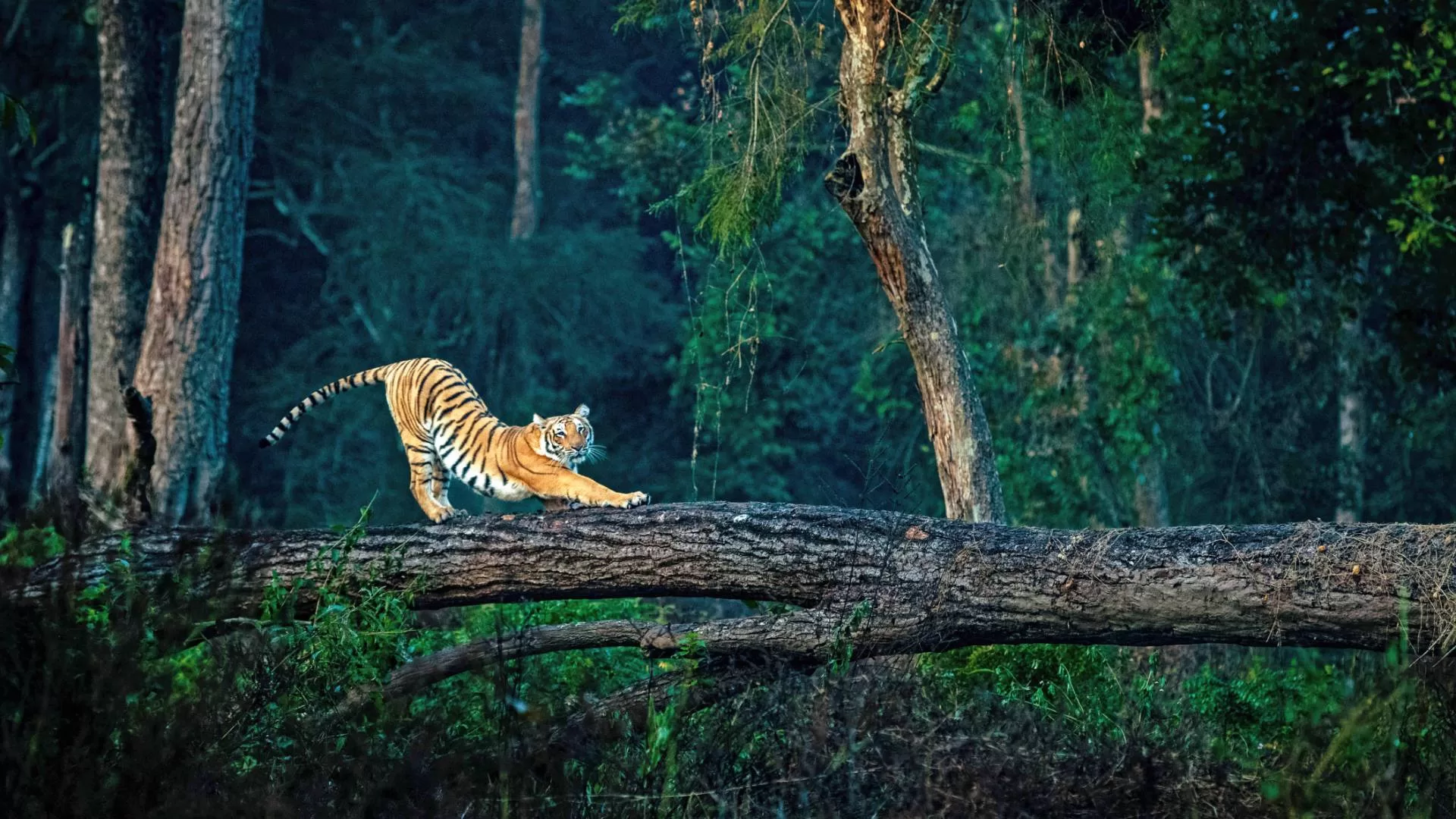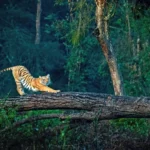
Introduction: Nestled in the foothills of the Himalayas, Jim Corbett National Park is India’s oldest national park, established in 1936 as Hailey National Park. Named after the famed hunter-turned-conservationist Jim Corbett, this park is a sanctuary of wildlife and a haven for nature enthusiasts. Covering an area of approximately 520 square kilometers, Corbett offers a diverse range of landscapes, from dense forests and grasslands to riverine belts, making it a key player in India’s conservation efforts.
History and Significance: Jim Corbett National Park holds a significant place in India’s conservation history. It was the first park to be established under the British rule and was created primarily to protect the endangered Bengal tiger. The park was renamed in honor of Jim Corbett, whose relentless efforts in wildlife conservation and his role in the establishment of the park have left a lasting legacy. Today, it stands as a symbol of successful wildlife protection and has become a model for other conservation projects across India.
Unique Features: The park’s topography is a mesmerizing mix of rolling hills, riverine valleys, and rich grasslands. This diverse landscape supports a wide range of flora and fauna. Key features include:
- The Corbett Tiger Reserve: Known for its dense forests and tall grasslands, it is the primary habitat for the Bengal tiger.
- The Ramganga River: A vital water source that runs through the park, supporting both wildlife and plant life.
- The Dhikala Zone: A picturesque area offering stunning views and abundant wildlife.
Visitor Experience: Jim Corbett National Park offers a range of experiences for visitors:
- Best Times to Visit: The park is open from mid-November to mid-June, with the best time for tiger sightings being March to May. The monsoon season brings lush greenery but restricts park access.
- Popular Safari Zones: Visitors can explore different zones like Dhikala, Bijrani, and Jhirna. Each zone has its own unique wildlife and scenic beauty.
- Activities: Enjoy jeep safaris, elephant rides, and bird watching. The park’s diverse ecosystem provides ample opportunities for photography and wildlife observation.
Travel Tips:
- Accommodation: The park offers a variety of stay options ranging from forest lodges to luxurious resorts. Booking in advance is recommended, especially during peak season.
- What to Pack: Light, breathable clothing is ideal for the day, while evenings can be cool, so a light jacket is advisable. Don’t forget essentials like binoculars, a camera, and sunscreen.
- Safety Tips: Always follow the park’s guidelines and instructions from your guide. Maintain a safe distance from wildlife and refrain from making loud noises.
Conclusion: Jim Corbett National Park is more than just a destination; it is a journey into the heart of India’s wildlife heritage. Whether you are an avid wildlife photographer, a nature lover, or simply seeking tranquility, Corbett offers an unforgettable experience. Its rich history, diverse ecosystems, and commitment to conservation make it a must-visit for anyone interested in the natural world.





Leave a Comment